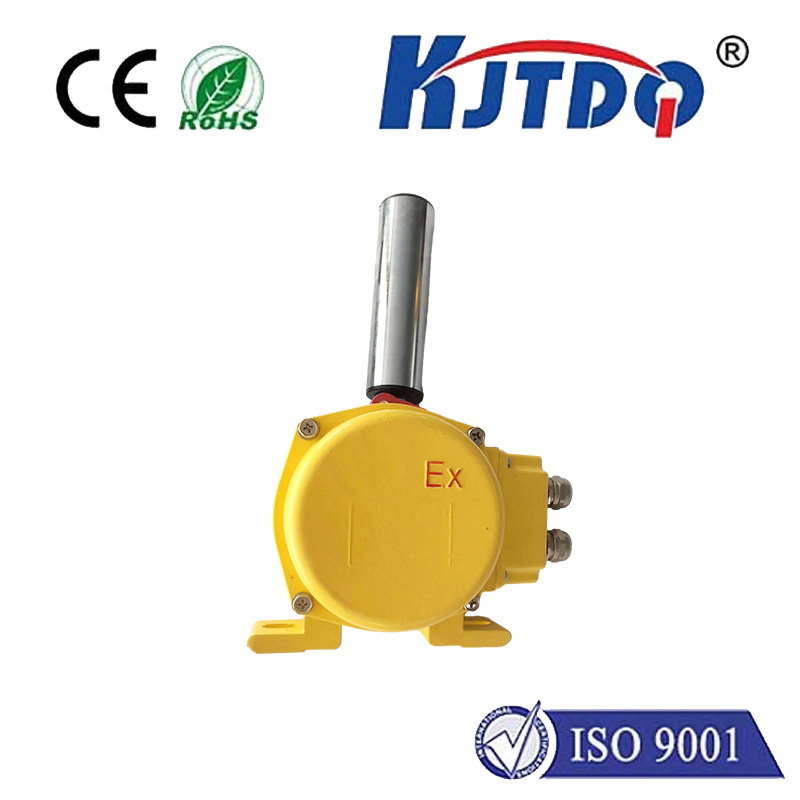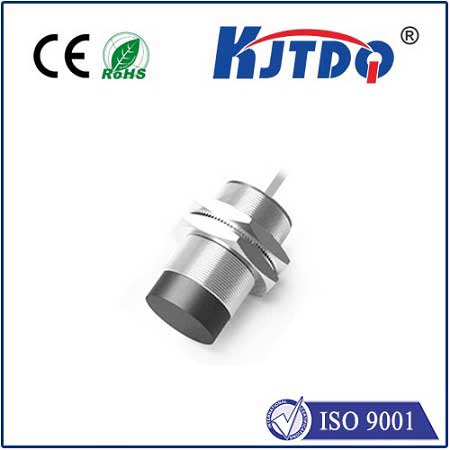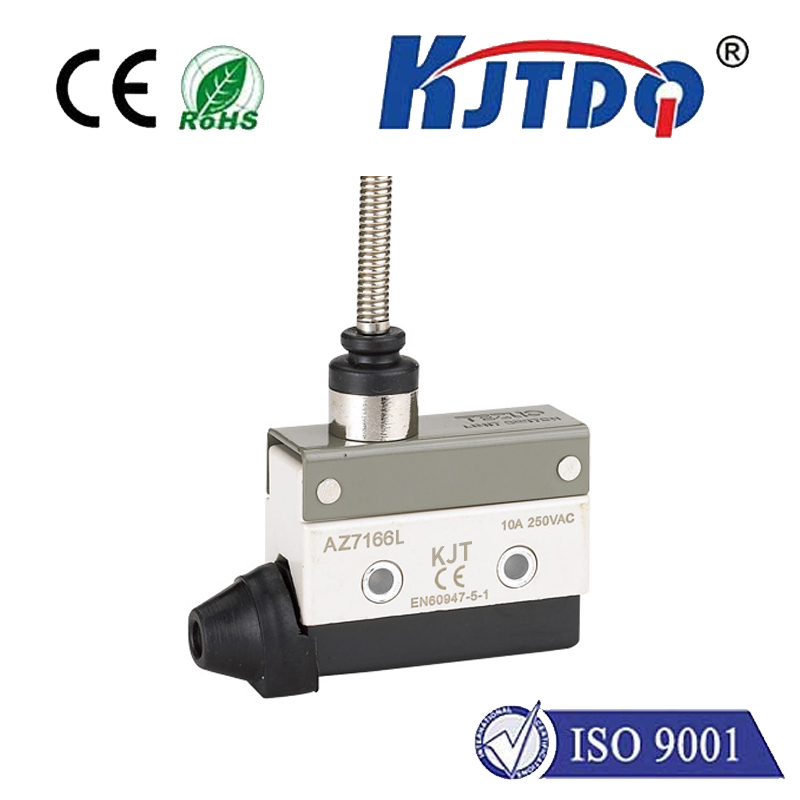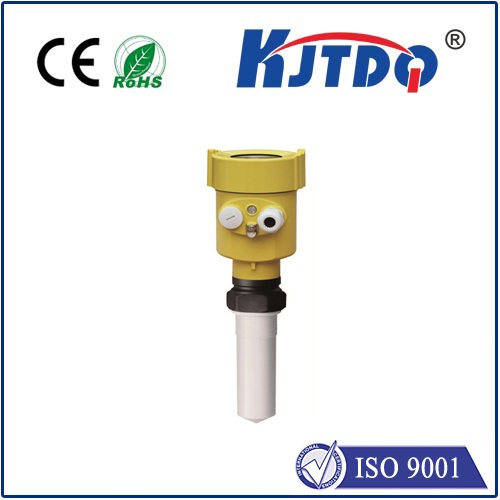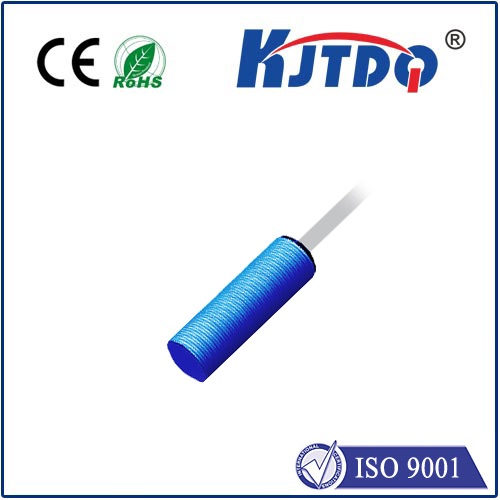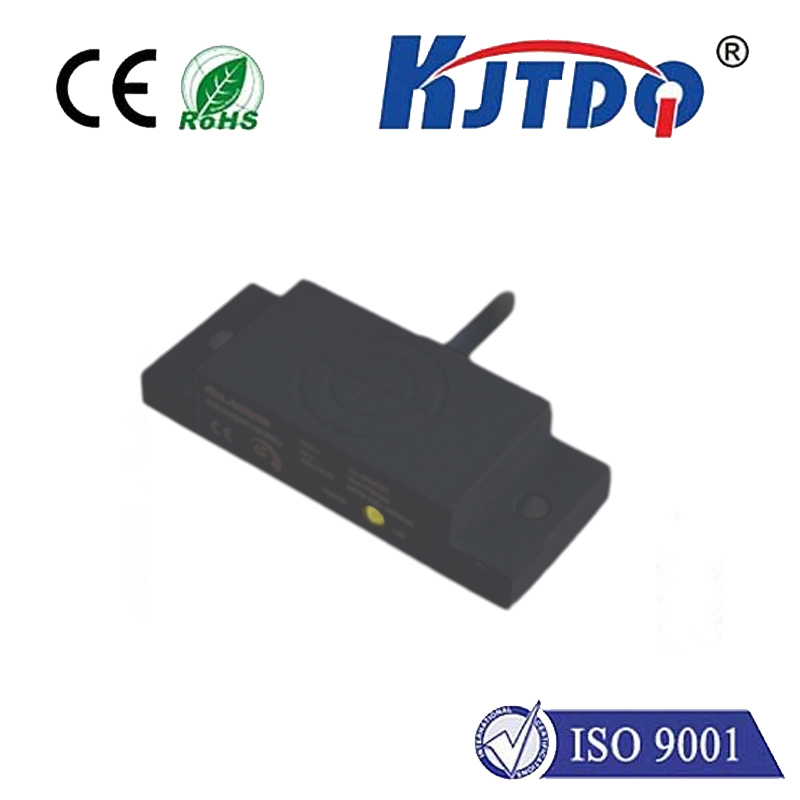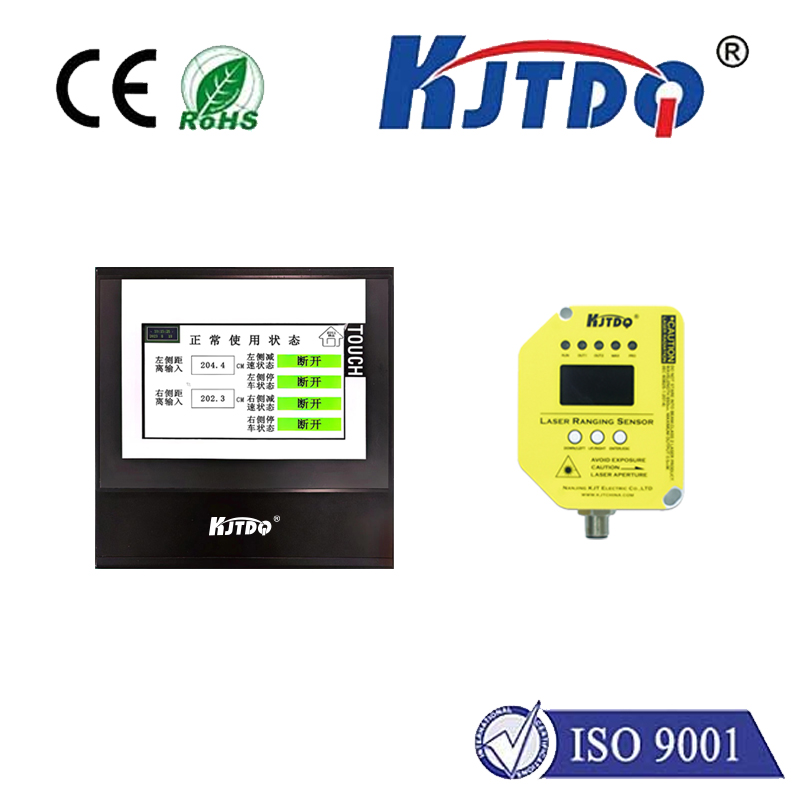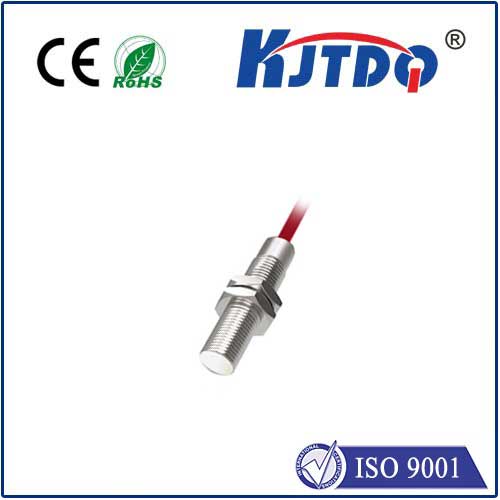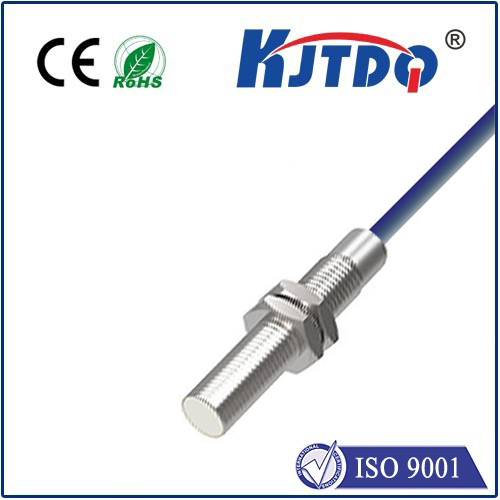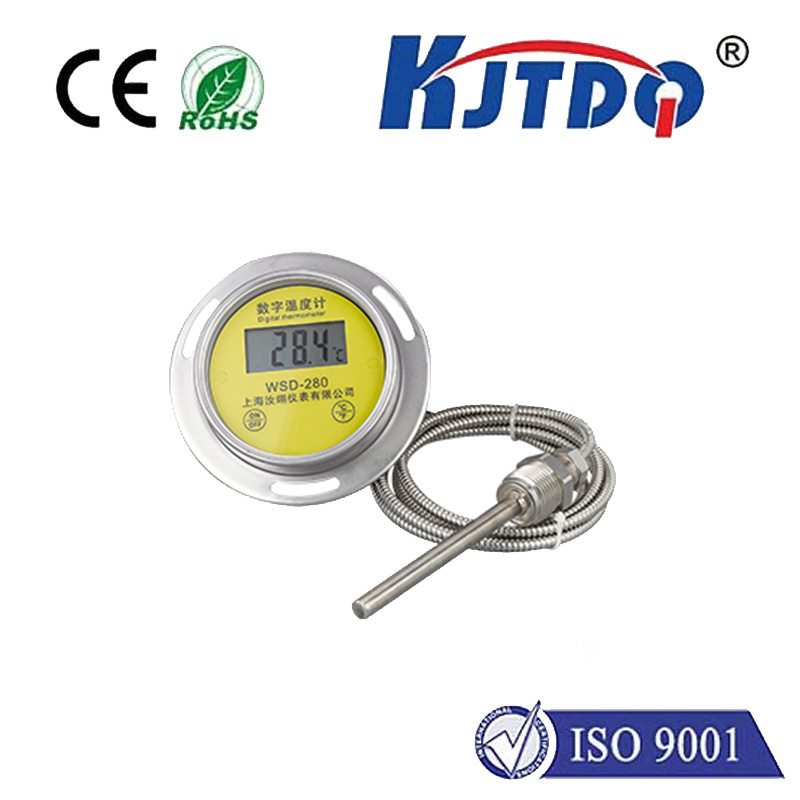12v photoelectric sensor
- time:2025-09-10 21:46:44
- Нажмите:0
12V Photoelectric Sensors: Powering Precision and Efficiency in Modern Automation
The rhythmic hum of a factory floor, the silent glide of an automatic door, the precise placing of components on a circuit board – these are the signatures of automation. At the heart of this orchestrated movement, often unseen but undeniably vital, lies the Фотоэлектрический датчик. Specifically, the 12V photoelectric sensor has become an indispensable workhorse, offering a blend of safety, flexibility, and performance perfectly suited for countless industrial and commercial tasks. Understanding their role unlocks a deeper appreciation for the seamless efficiency we often take for granted.
Why the Focus on 12V? Unveiling Key Advantages
While photoelectric sensors operate across various voltages, the 12V DC variant holds significant appeal for compelling reasons:
- Повышение безопасности: Operating at lower voltages inherently reduces risks associated with electrical shock, especially crucial in environments where machinery interacts with personnel or where flammable materials might be present. This intrinsic safety makes 12V sensors ideal for a wider range of applications.
- Ubiquitous Compatibility: 12V DC power is remarkably commonplace. It aligns perfectly with:
- Standard Power Supplies: Found abundantly in control panels.
- Vehicle Electrical Systems: Making them perfect for mobile machinery, AGVs (Automated Guided Vehicles), and automotive assembly.
- Battery Backups & Solar Systems: Essential for remote or portable applications.
- PLC (Programmable Logic Controller) I/O Modules: Designed to interface directly with 12V/24V DC sensors. This compatibility simplifies integration drastically, reducing the need for complex voltage conversion.
- Энергоэффективность: Generally, lower voltage systems consume less power for equivalent tasks compared to higher voltages. This translates to reduced operational costs and aligns with sustainable manufacturing goals.
- Cost-Effectiveness: The widespread use of 12V technology often leads to more competitive pricing for both the sensors themselves and the associated power supplies and cabling.
The Core Principle: Seeing with Light
Regardless of voltage, all photoelectric sensors operate on a fundamental principle: they detect the presence, absence, or distance of objects using light. A transmitter emits a light beam (commonly visible red, infrared, or laser). A receiver then detects this light. The sensor’s output signal changes state based on whether the receiver “sees” the beam or not. There are three primary detection modes:

- Through-Beam (Opposed Mode): The most reliable and longest-range method. The transmitter and receiver are separate units facing each other. An object is detected when it interrupts the beam travelling between them. Ideal for precise detection over distances.
- Retroreflective Mode: Both transmitter and receiver are housed in the same unit. The sensor relies on a reflector placed opposite. Light from the transmitter bounces off the reflector back to the receiver. An object is detected when it breaks this reflected beam. Offers good range with simpler wiring than through-beam.
- Diffuse (Proximity) Mode: Transmitter and receiver are again in the same housing. The sensor detects light reflected directly off the target object itself. Detection range is shorter and depends highly on the object’s color, surface texture, and reflectivity. Simplest to install as only one unit is needed. Modern diffuse sensors often feature background suppression (BGS) or fixed-field technology for more reliable detection, ignoring objects beyond a set distance.
Where 12V Photoelectric Sensors Shine: Diverse Applications
The versatility of 12V photoelectric sensors means they’re employed virtually everywhere automation exists:
- Conveyor Systems: Detecting products for counting, sorting, jamming prevention, and position verification. Crucial for material flow control.
- Packaging Machinery: Ensuring correct box folding, verifying label presence, detecting fill levels, and confirming case sealing.
- Assembly Lines: Sensing component presence/absence, verifying correct orientation, detecting misaligned parts. Ensures assembly precision and quality control.
- Перевозка материалов: Monitoring bin levels (e.g., overfill/underfill), detecting pallets on racking systems, guiding robotic arms for pick-and-place.
- Printing & Paper Processing: Detecting paper jams, verifying sheet feed, tracking registration marks.
- Automatic Doors & Gates: Safely sensing approaching people or vehicles to trigger opening/closing sequences.
- Mobile Machinery & Robotics: Ideal for AGVs sensing obstacles, docking positions, or bin levels, or on robotic arms for proximity detection due to their low voltage and often compact size.
- Vending Machines: Detecting product dispensing, coin insertion, and door status.
Why Choose 12V over 24V? Understanding the Nuances
While 24V DC is also extremely common in industrial controls, 12V offers distinct advantages:
- Inherently Safer: As mentioned, the lower voltage is a safety benefit.
- Wider Power Source Compatibility: Especially strong in mobile, battery-powered, and automotive-integrated applications. Easier to integrate into systems primarily running on 12V.
- Potentially Lower Power Consumption: Can be a factor in large-scale deployments or battery-critical applications.
However, 24V systems can offer:
- Slightly Longer Cable Runs: Less voltage drop over long distances compared to 12V.
- Potential Noise Immunity: Generally considered slightly more resistant to electrical noise in very electrically noisy environments (though good design practices mitigate this difference significantly).
Key Specifications to Consider
Selecting the right 12V photoelectric sensor involves evaluating several parameters beyond just voltage:
- Sensing Mode: Through-beam, retroreflective, or diffuse (with or without background suppression)?
- Sensing Range: What is the maximum distance needed for reliable detection? (Through-beam offers the longest).
- Output Type: NPN (Sinking) or PNP (Sourcing)? Digital (On/Off) or Analog (Distance proportional)? Solid-state relay or mechanical relay?
- Response Time: How quickly must the sensor react to an object? Critical for high-speed applications.
- Environment: IP rating for dust/water resistance? Operating temperature range? Resistance to chemicals or cleaning agents?
- Housing Material: Plastic or metal? Size and mounting style? Ensuring the sensor can physically withstand its operating environment is paramount.
- Light Source: Standard LED, focused LED, or laser? Lasers offer very precise detection for small objects or long ranges.
The Future is Bright: Evolving Capabilities
The development of 12V photoelectric sensors continues. Expect to see advancements in:
- Miniaturization: Even smaller sensors for space-constrained applications.
- Enhanced Intelligence: Integrated IO-Link communication becoming more standard, enabling remote configuration, diagnostics, and process data reporting.
- Laser Technology Accessibility: More affordable and robust laser sensors offering superior performance in challenging detection tasks.
- Improved Environmental Resistance: Higher IP ratings and specialized coatings for the harshest industrial settings.
The Unseen Enabler
From ensuring your morning cereal box is correctly sealed to guiding autonomous vehicles through warehouses, the 12V photoelectric sensor performs its duty silently and reliably. Its combination of lower voltage safety, broad compatibility with common DC power sources, and sophisticated detection capabilities makes it a cornerstone of modern automated systems. When precision, efficiency, and safety are paramount in detecting objects across diverse environments, this unassuming technological marvel consistently proves its worth.

